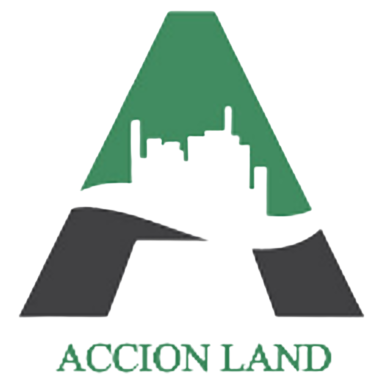Remote sensing & GIS Platforms helping to secure Bio-diversity
There has been a revolution in the availability of information and managing it in the development and application of tools. Especially for diversity the information needed varies. The database that deals with information related to biodiversity has to be on the basis of geography so that an expert can predict the expectancy of where new population of endangered species with limited known range and indicating potential hot spots. Geographic Information System (GIS) and remote sensing is one of the important tools for monitoring biodiversity which accommodates varieties of spatial and a-spatial attributes and data. GIS is widely defined as ‘a computer-based system that captures, stores, manages, analyses, and displays geo-referenced data (geographic data)’. In GIS, the information is embedded to target surveys and monitoring different schemes. Information collected on species and habitat distribution from various dates allows monitoring of the particular location and the extent of change in an area.
Techniques of remote sensing are useful to generate various thematic data. It can provide means to obtain a synoptic perspective of the status and condition of forest on the real time basis. The type of vegetation and maps of density are two primary layers of spatial data generated using satellite data. Through this information it is possible to assess the growth of stock, analyse spatial landscape, phytosociologial data, bio-climate, topography, and soil and wildlife management via preparing different kinds of derived maps related to biodiversity.
Probably, remote sensing is merely the only way to identify changes in global forest ecosystem, assess and priorities the success or failure of conservation efforts. Here, GIS helps through accommodating large varieties of non-spatial and spatial data and analyses measurements and planning related to biodiversity. More or less the data related to environment and ecological systems have been gathered, stored and analysed using GIS for better management. In order to generate data regarding vegetation and land cover remote sensing satellite suites are used. Factors and components of vegetation structure and composition create a base for mapping. It becomes possible to map elements of biodiversity including the number of trees, composition of species, crown closure, vegetation index through various image processing techniques like visual image interpretation, algorithms and object oriented methods for better understanding biodiversity and taking adequate steps to preserve and conserve it.

